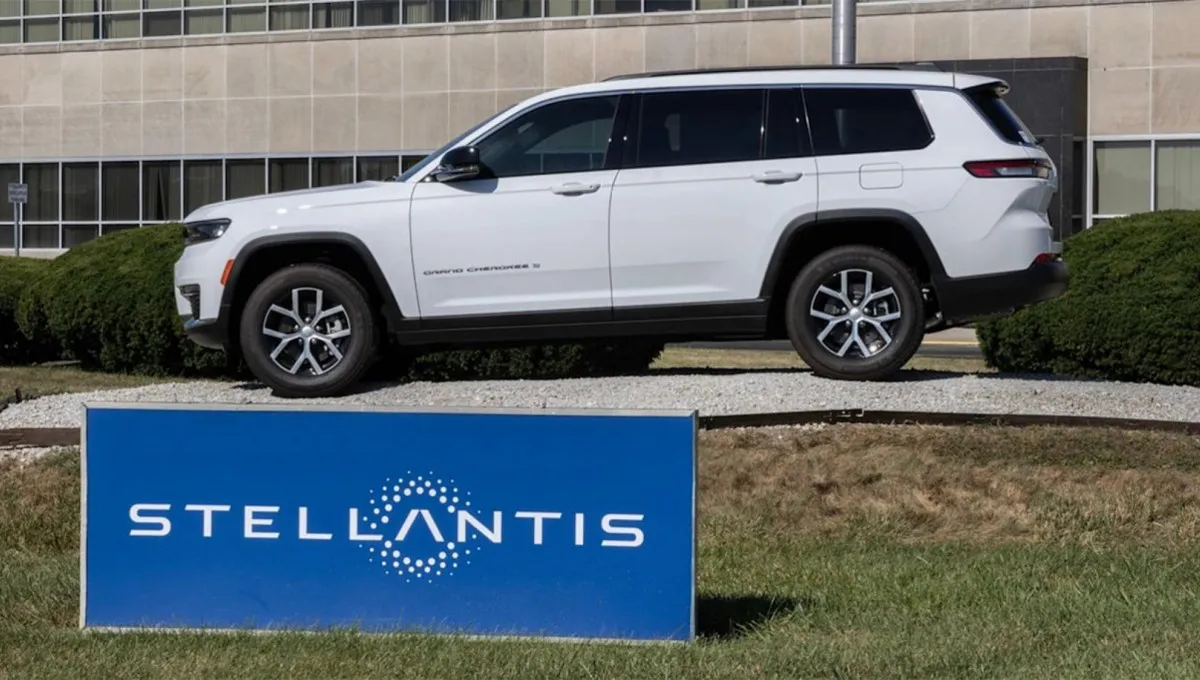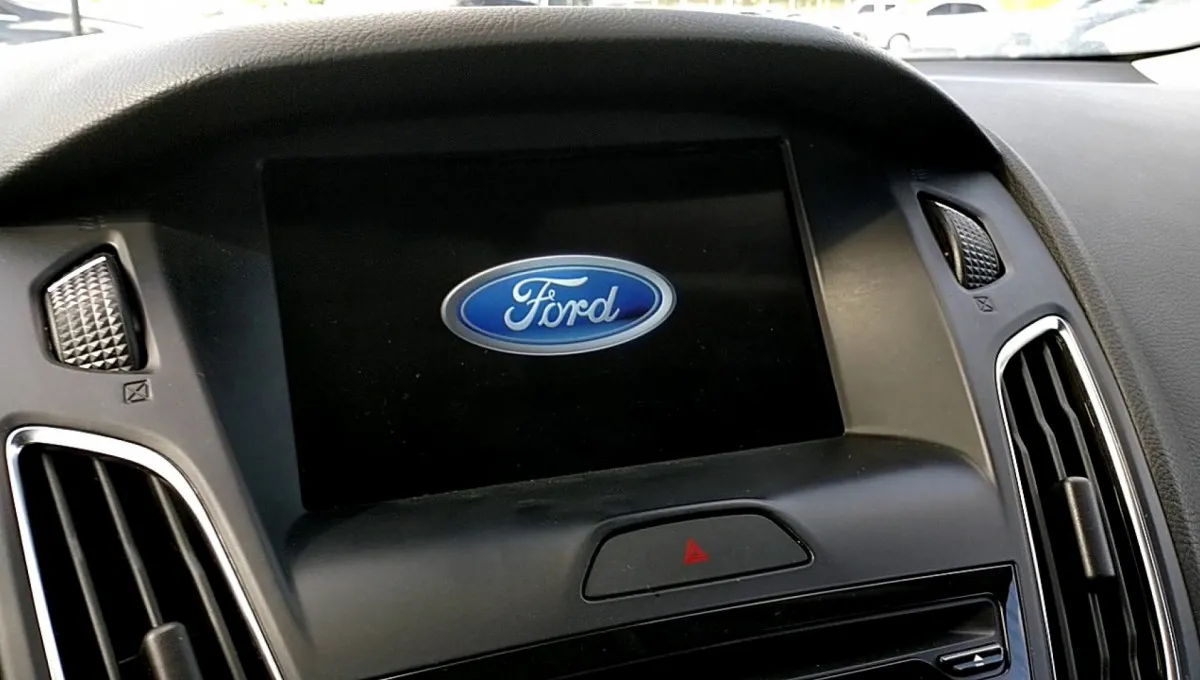Missed your exit: Polestar 4 will use Google AI to help you stay on route
Polestar owners will soon be able to make use of Google software that can detect which lane you’re in and provide directions

If you’ve ever found yourself stuck in the wrong lane at the worst possible moment, Polestar might have a solution. The Swedish EV brand is preparing to be the first automaker to roll out Google’s latest AI-powered software, designed to make missed exits and frantic lane changes a thing of the past.
The updated Google Maps system uses a car’s onboard cameras to read road signs and markings, allowing it to determine whether the vehicle is currently in the correct lane for its route.
This new technology will be integrated directly into the digital display of the Polestar 4. Drivers will see fresh visuals on the instrument cluster showing their current lane position and the one they should move into, accompanied by both visual and audio cues when a lane change is needed.
Sid Odedra, Polestar’s head of user experience, said: “Live lane guidance builds on Polestar’s driver-focused UX philosophy, easing stress and enhancing safety by reducing the chances of missed exits or sudden lane changes.”
The feature will begin rolling out through an over-the-air update “in the coming months,” initially in the US and Sweden. Other regions, including the UK, are expected to follow later, though Polestar has yet to confirm exact dates.
It’s also possible that this functionality could extend to other Polestar models such as the Polestar 3 SUV and the upcoming Polestar 5 grand tourer, since both share similar driver-assistance hardware, making the addition relatively straightforward.
Of course, Polestar isn’t the only brand embracing artificial intelligence. Volkswagen and Stellantis — the parent company of Vauxhall, Peugeot, and Citroën — have already integrated OpenAI’s ChatGPT into their voice assistants. Meanwhile, Tesla’s much-debated Full Self-Driving system also relies on machine learning, using fewer sensors than typical Level 4 autonomous setups but occasionally displaying unpredictable behavior.
You may also be interested in the news:

Stellantis Unveils New Technology: Jeep and Ram EVs Could Get Automatic Fire Suppression Systems
Stellantis has patented an onboard fire suppression system designed to reduce the risk of battery thermal runaway in future electric vehicles.

Ford Patents a New Display Technology Called Dual View Display
Ford is taking an unusual approach to fighting “screen fatigue” by adding more screens—or rather, screens within screens.

Stellantis Ditches the Circle for a Square: Radical Steering Wheel Now Being Tested on Real Cars
Peugeot is testing a square steering wheel for future production models

Five Technologies That Will Reshape Our Cars: What’s Already Taking Shape
Several of these innovations are likely to become standard features by 2030

Shoei Unveils “Smart” Helmet with Augmented Reality
The GT-Air 3 Smart features a built-in AR display, enhanced connectivity, and long-lasting battery life.